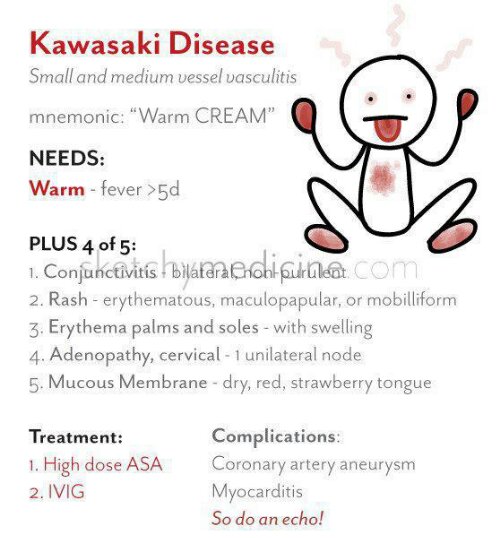RABIES: A FATAL, BUT PREVENTABLE DISEASE
Rabies is practically a 100% fatal disease .There are only 4
recorded survivors till date who recovered following intensive life
support and excellent nursing care.
Points to Remember:
1.Rabies is 100% fatal.
2.Rabies is preventable through wound care, correct use of vaccines and sera.
3.Incorrect/wrong treatment to animal bite victims may lead to rabies death and litigation under Consumer Protection Act.
4.It is very important also to elicit information about the biting
animal (dog/cat).
5.Healthy, pet and regularly vaccinated dog / cat (low risk
category).
6.Healthy, pet and vaccination doubtful or not done
(moderate risk category).
7.Rabid, Sick, died, stray (dog/cat) or other animals or wild
animals (high risk category).
The signs of rabies in the dog/cat are:
–>Any change in its normal behaviour
suggesting either undue aggression
or depression.
—>Running aimlessly and attacking
others without any provocation.
—>Becomes too drowsy and withdraws
itself to a corner.
—>Excessive salivation.
—>Change in its voice/bark.
—>Refusal to feed or eating unusual objects like stone, paper, wood, metal pieces, etc.
—>Death of the animal.
“Do”
–.Wash all wounds under running water (or flushing) for atleast
10-15 minutes.
–>Gently clean all wounds with a detergent or any soap available (soaps are viricidal).
–>Apply any household antiseptic like Dettol, Savlon, and Povidone iodine (preferred).
–>In extraneous circumstances other alcoholic (>40%) preparations like Rum, Whisky, after-shave lotion may be
applied on the wound (s).
“Do not”
–>B a n d a g e o r d r e s s t h e w o u n d
(wherever practicable or as far as
possible).
–>Use tincture iodine.
–>Suture the wound.
“Discourage”
—>Not to apply any local applicants like turmeric, neem, red chilli, lime, plant juices, coffee powder, coin, etc. as these will act as irritants and propel the virus in the wound deeper t o c a u s e n e r v e i n f e c t i o n a n d resultant rabies encephalitis and
death.
KINDLY APPROACH NEAREST HOSPITAL and SAVE LIFE
SHARE and Dont ignore!!!! 




